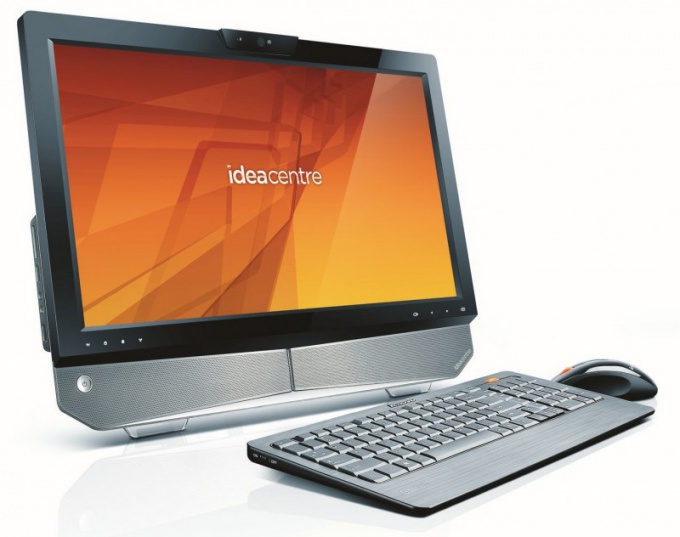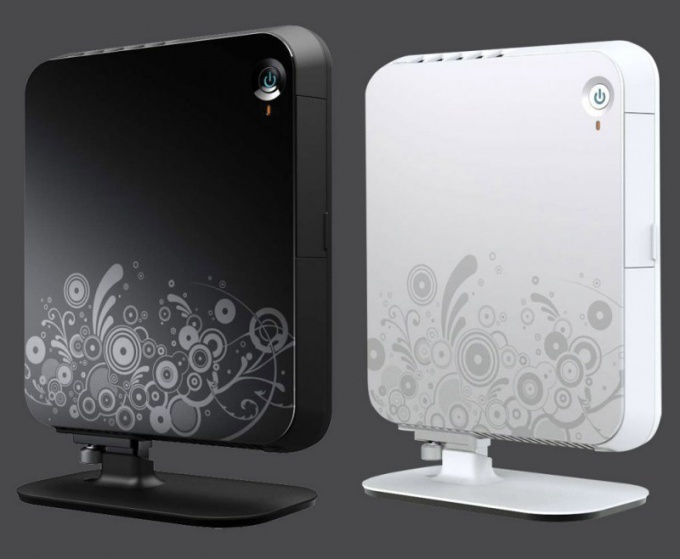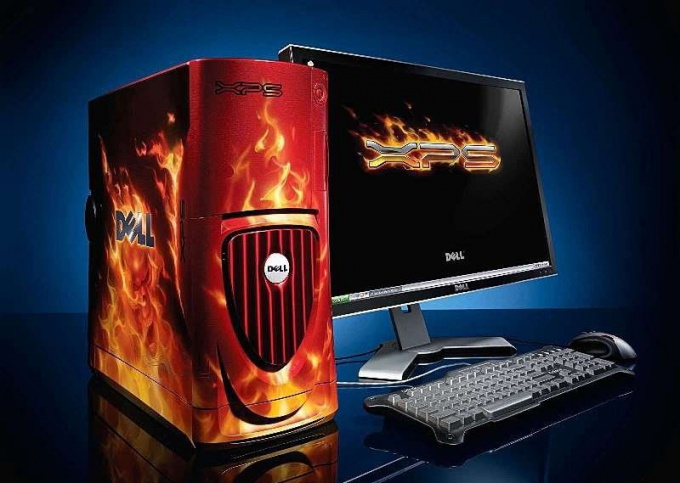Instruction
1
First, specify the type of desktop computerand that will suit you best. There are several basic types of PCs: classical sets, monoblocks and nettops. In the first case we are talking about usually combined the big system unit and monitor.
2
All-in-ones are a hybrid of the system unit and monitor. If you choose a desktop computer for office – get the specified type. Main disadvantages: lack of additional video outputs and the complexity of the replacement components.

3
Ideal for home computerand that will not be used for gaming, is a nettop. This device is a smaller analogue of the system unit. Purchase this computer, if you care about saving the workplace.

4
Stop your choice on the classic computere, if you want to use all features of modern PCs. Of course, it is important not only to identify the type of device, but also how to relate to the study of its characteristics.
5
Select a motherboard and CPU that is suitable to her. To work with office programs can use the processor in the socket FM1 with integrated GPU.
6
Another advantage of the motherboard with a relatively new ports – ability in the future to improve the performance of the computer. Keep this in mind when selecting such elements.
7
Specify the amount of RAM. It should not be lower than 3 GB. This is enough even for running powerful applications and games. Pay attention to the frequency of the bus of RAM. Boards for DDR3 it should not be lower than 1033 MHz.
8
Understand the characteristics of the installed graphics card: memory size and bus frequency. For a budget model of video card, these indicators must not be lower than 1 GB and 128 bits, respectively. If you plan to run modern games, increase both figures twice.
9
Don't forget to choose the right monitor. It must correspond to the used graphics card. It is best to buy a widescreen display with a diagonal of 21-25 inches. Naturally, the resolution matrix should not be lower 1366x768 pixels.
